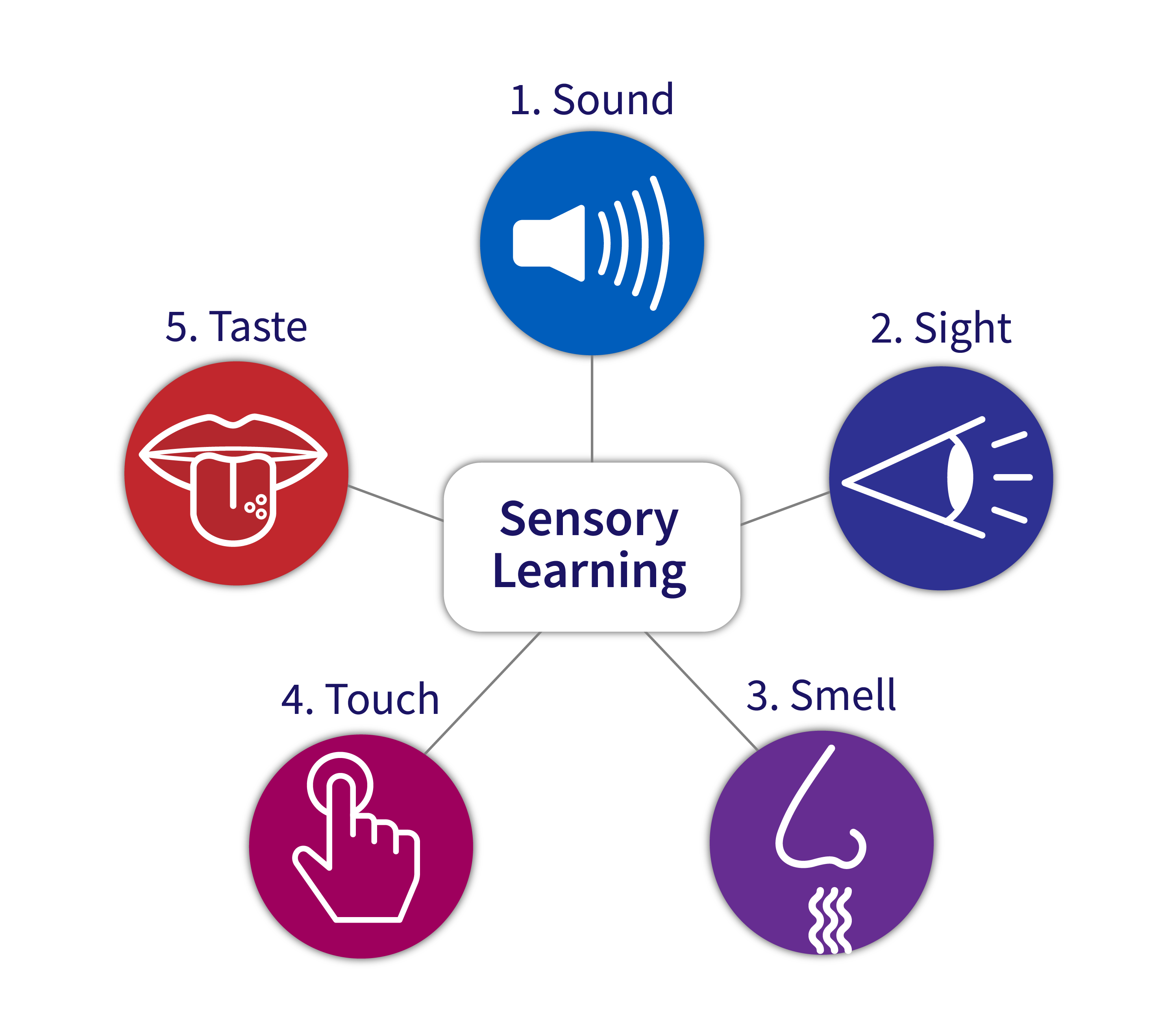4.4 Preschool Nutritional Practices
Preschoolers are more independent than toddlers during snack and meal times in early years settings. Preschoolers enjoy helping set up the snack table and can independently scrape off their dishes after lunch. Meals are served in a family style setting with preschoolers gaining confidence in serving their own food. Preschoolers are learning more about portion control and food preferences. Preschoolers also enjoy the independence of pouring their own drinks and passing dishes to their peers. Preschoolers continue to master the use of utensils.
Similar to toddlers, preschoolers engage in conversation and social skill building during meal times. Educators facilitate the conversations with children which may turn silly very quickly at this age. Preschoolers are often in the process of toilet training so these discussions may carry over to the lunch table. Preschoolers love to share stories about their time outside of the early years setting so they are easily redirected to appropriate conversations for meal times. They may want to share more about cultural feeding practices and traditions with their peers. Preschoolers are learning how to take turns and more about table manners throughout these enriching group settings. It continues to be important for educators and families to collaborate to ensure children’s nutritional needs are being met when they are in the early years setting.
Food jags and picky eating are common in the preschool age group. Preschoolers can be very particular about the foods they eat. While textures may be more of an issue at younger ages, some preschoolers may have an aversion to certain textures in foods. It is important to continue to offer a variety of foods and textures as many children may not learn to trust food until it has been introduced multiple times. Educators can offer food but must never force a child to eat something they do not want to eat. Rewards should not be offered to children for finishing food on their plate. Healthy eating routines must continue to be established in the preschool years. Supporting a variety of ways to become familiar with foods is summarized in the following diagram.

Example of Sensory Learning
Learning to like vegetables through sensory learning:
Sound
- Listen and call the name of the vegetable
- Listen to a vegetable story or song
- Tap the vegetable and hear the sound
- Listen to sound when biting and chewing the vegetable
Sight
- Look at pictures of the vegetable
- Visually explore the vegetable in different forms; whole, peeled, chopped, and cooked
Smell
- Smell the whole raw vegetable
- Smell once chopped up
- Smell it once its cooked
Touch
- Feel the different textures with hands e.g. when the vegetable is whole, sliced, grated, spiralized, and cooked.
- Feel the vegetable in mouth when chewing
Taste
- Start with small pieces/bites (preferably with no added flavour and in absence of familiar foods)
- Aim for a minimum of 10 exposures
- Encourage repeated tasting at a regular interval (e.g. once a week)
Preschoolers not only love to help during meal times they also enjoy helping prepare food to eat. There are many ways to involve preschoolers in baking and meal preparations. These activities will be discussed in more detail later in the chapter.
Read
Read the following article regarding some helpful tips for supporting preschool dietary practices. While the article mentions non-food rewards they tend to be discouraged in early years settings as the influence of peers is more than enough to encourage children to try new foods. This article is a quick easy read that can be shared with families as well.

